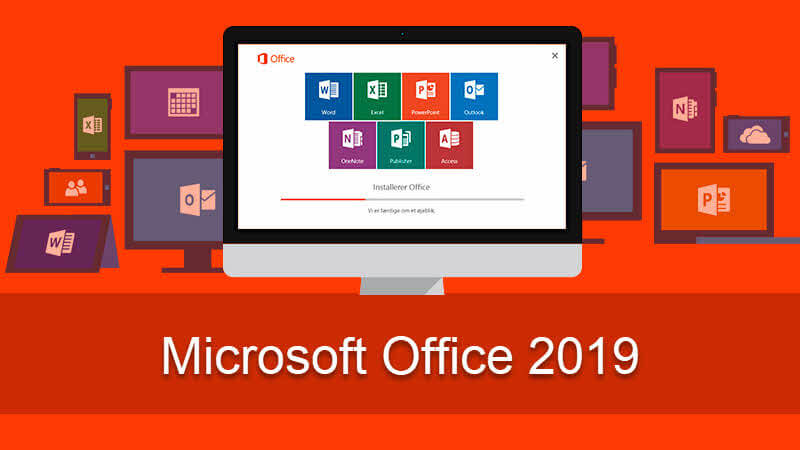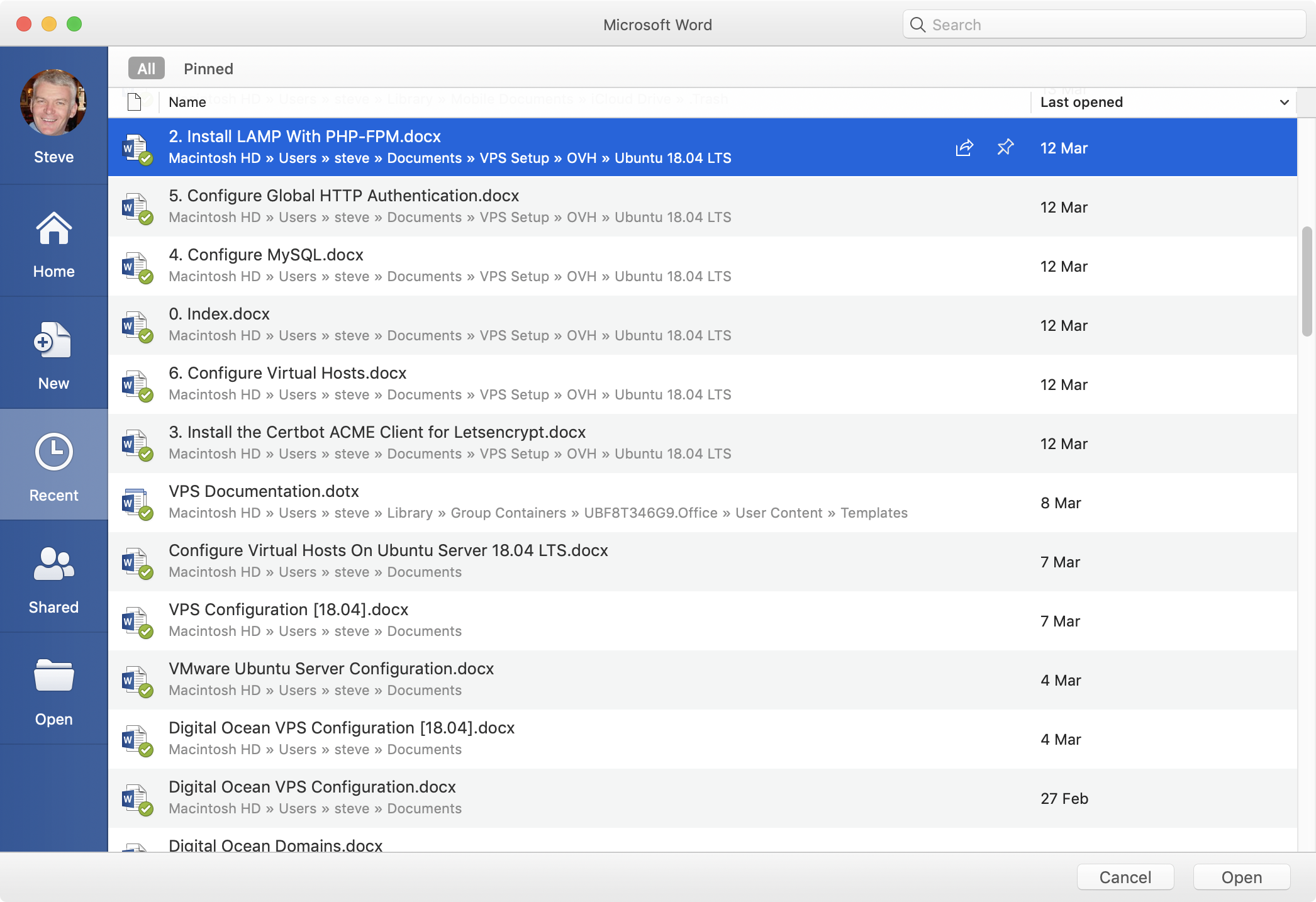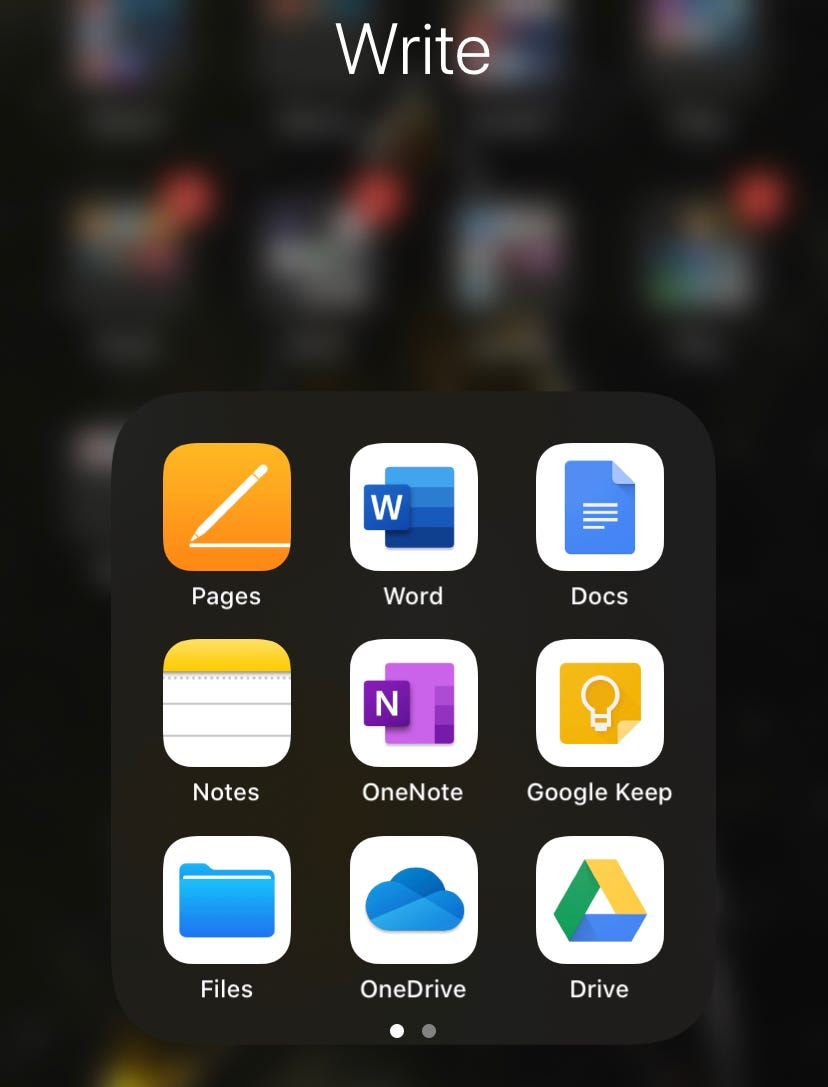
- #MICROSOFT WORD FOR MAC USERS SOFTWARE#
- #MICROSOFT WORD FOR MAC USERS PASSWORD#
- #MICROSOFT WORD FOR MAC USERS WINDOWS#
It also permanently removes authorship and “Last Modified By” data.

Amsys will not compensate you in any way whatsoever if you ever happen to suffer a loss/inconvenience/damage because of/while making use of information in this blog.Caution: This process is not reversible and applies to all users associated with the document, even those who haven’t used Track Changes. While the author has taken care to provide our readers with accurate information, please use your discretion before acting upon information based on the blog post. There you go, hopefully that’ll give other Mac Admins a helping hand with trying to use Microsoft Office 2016 in a locked down environment.Īs always, if you have any questions, queries or comments, let us know below and I’ll try to respond to and delve into as many as I can.

I have yet to test these in the same restrictive environment as I found at the specific client’s site, but I imagine it would certainly help reduce the URLs listed above, and the requirement to allow them through unauthenticated. Additionally, it also provides details on ways to reduce the network requests and traffic. This details a number of URLs that the Office for Mac 2016 apps reach out to and why.
#MICROSOFT WORD FOR MAC USERS SOFTWARE#
Since my own journey of discovery, Paul Bowden (Microsoft Software Engineer for Office for Mac / iOS) on the MacAdmins Slack instance (goes by the handle ‘pbowden’ in the #microsoft-office channel) posted a PDF called “ Network Requests in Office 2016 for Mac“. The client reached out to Microsoft support who confirmed that this was the correct resolution to the issue. In the end, the client had to configure these URLs as allowed ‘unauthenticated’ through the proxy to resolve the issue. The SolutionĪfter some work, we found the URLs that the Office applications reach out to (all 443) on launch: “New”, “Open” etc).Īfter working the issue with the client, we found that the Office application in question was correctly using the Kerberised authentication initially, but almost immediately fell back to an authentication request, and prompted the user for these details.
#MICROSOFT WORD FOR MAC USERS WINDOWS#
This procession of popup windows would repeat another 2-3 times depending on what options users selected within the application (e.g. If the user dismissed the window by using the red ‘X’ button, another 4-5 windows would appear, one at a time.
#MICROSOFT WORD FOR MAC USERS PASSWORD#
If the user entered their Proxy username and password the application would load and run fine, but the same message would appear (along with the delay) the next time one of the core three applications are launched. Once they did, a window as per the below, was shown to the end user: When first launching any of the ‘core three’ Office applications (Word, PowerPoint and Excel, but strangely not Outlook), these took between 2-5 minutes to launch. This deployed and installed without complaint. The ProblemĪmongst other applications, the client was deploying Microsoft’s Office for Mac 2016 suite using a site-license for all Macs. The Macs in question are running El Capitan (10.11.4 at the time), joined to AD and utilise a Kerberised proxy solution, configured to fall back to NTLM (the ‘proxy authentication popup’) if the device is not authorised for the HTTP/HTTPS traffic in question.

The client in question has only just started supporting Macs internally. In this post I’ll share some information I’ve found whilst working with Microsoft Office 2016 at a client’s site with high security requirements. The proxy pop messages still occurring as per the below. Since originally drafting this blog, the slow launch issue detailed below has been fixed with version 15.24 of the Microsoft 2016 applications.


 0 kommentar(er)
0 kommentar(er)
